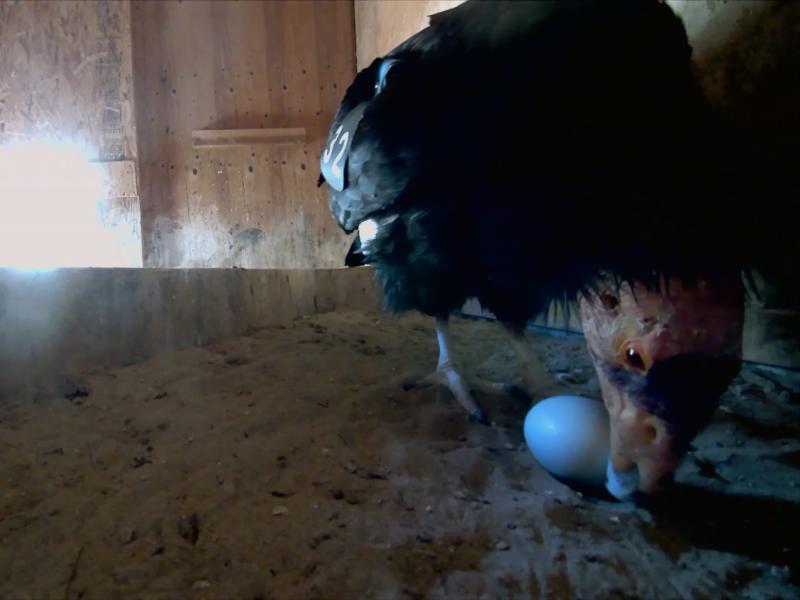Zoo releases hundreds of rare butterflies into wild

Conservationists transport Oregon silverspot caterpillars to coast range
In a misty coastal meadow on Wednesday morning, Oregon Zoo butterfly specialists and their conservation partners said goodbye to hundreds of the Oregon Zoo's tiniest residents.
They were releasing Oregon silverspots at select sites in the coastal mountain range in an effort to save this beautiful Northwest species.
Once common in coastal grasslands from Northern California up into British Columbia, the Oregon silverspot has been listed as threatened under the federal Endangered Species Act since 1980. Today, just six isolated populations remain.
"Most of the silverspot populations would most likely be extinct if it weren't for this recovery program," said Travis Koons, who oversees the Oregon Zoo's silverspot conservation efforts in partnership with the Oregon Parks and Recreation Department, the U.S. Fish and Wildlife Service and Seattle's Woodland Park Zoo.
Each summer, a small number of female silverspots are collected by field biologists and brought to the zoo to lay eggs. The eggs hatch into tiny caterpillars, which are kept safe during their winter dormancy. In the spring, they wake up to a leafy meal and grow quickly.
When the time is right, the zoo and its conservation partners transport the silverspots — either as caterpillars or pupae — to field sites in order to bolster the three remaining Oregon populations.
"These beautiful pollinators have lost a lot of ground," Koons said. "But if they continue to breed, and if we continue to restore and protect their habitat, we can give them a good chance to survive."
In 2019, the Oregon Zoo became the first facility to successfully breed silverspots, and Koons said a small number of pupae will stay behind this year to complete their transformation into adult butterflies at the zoo — a "rear guard" of sorts that will breed and lay eggs to produce caterpillars for next year's release.
Conservationists have also been working to establish a new population at Saddle Mountain, where the Oregon silverspot has not been seen since 1972. The area was added as a reintroduction site in 2017 because a rare flower — the early blue violet — blooms in abundance there. Though the plant was once was plentiful along the Oregon coast, invasive species have led to overcrowding. But thanks to habitat restoration and massive violet re-planting efforts from the zoo's conservation partners, the area is now ideal for silverspot butterflies.
Early blue violets are the main food source for the silverspot caterpillars as they mature into adult butterflies, and the Oregon coastal range is one of the few remaining areas where these flowers grow in large enough quantities to sustain a butterfly population. Elsewhere, the delicate flowers have been choked out by invasive weeds and forest succession.
More News

Zoo convenes action for imperiled elephants
Sabah government representatives joined conservation NGOs, local communities, palm oil producers, and tourism operators this week in the fight to save the world’s smallest elephants from extinction.April 11, 2025

Double fluff: Zoo welcomes first condor chicks of season
The first two California condor chicks of 2025 hatched at the Oregon Zoo’s Jonsson Center for Wildlife Conservation.April 3, 2025

Thirteen eggs and counting at zoo's condor recovery center
At the Oregon Zoo’s Jonsson Center for Wildlife Conservation, endangered California condors have laid 13 eggs — with the potential for more on the way.March 11, 2025

